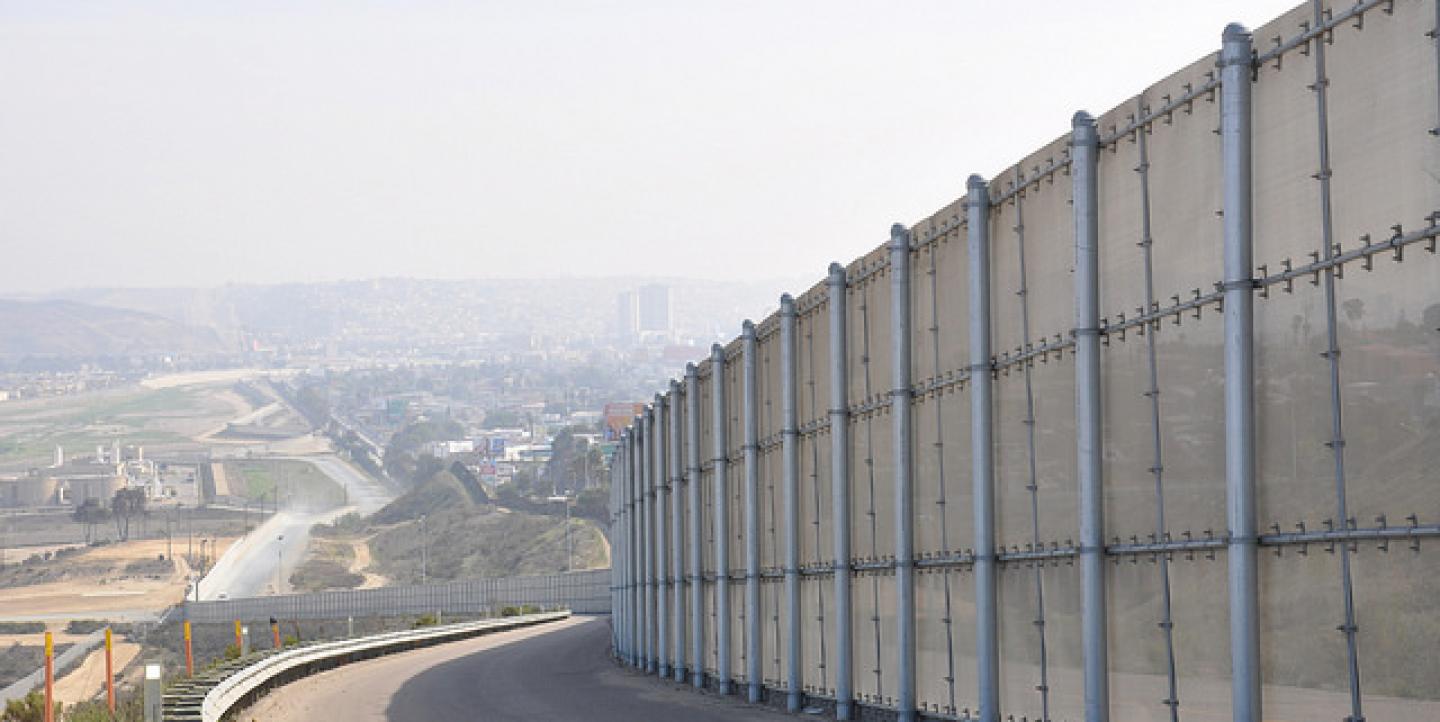The U.S.–Mexico border is a very challenging region for journalists. They need to cover everything from a bi-national perspective; speak two languages; understand two different political, legal and judicial systems; and also take risks covering the illegal drug trade, human trafficking and the crime and violence attached to them.
Just about two hours from where I am based in South Texas, drug cartels behead people in the same way the Islamic State is doing in Syria. This shows how serious violence is at the U.S.–Mexico border, considered a national security area for both countries.
I recently returned from Washington to Texas to continue my ICFJ Knight fellowship on the intersection of investigative journalism and cybersecurity. On the very first day, I read a story in El Mañana, a newspaper based in Reynosa city, about random clashes between criminals and Mexican military units just a few miles south of the Rio Grande, a 2,000-mile-long river that serves as a natural border between the U.S. and Mexico.
When I read that news, the names of several colleagues came to my mind because they covered such stories. Enrique Juarez, editor of El Mañana of Matamoros, was kidnapped and threatened with death one year ago by militants angry at his coverage of clashes between the Mexican military and drug cartel members. Roberto Mora, who used to be my editor several years ago, was not that lucky. Roberto was a fine and reputed journalist when he was named the editor of El Mañana de Nuevo Laredo. Not long after his arrival in Nuevo Laredo, unknown people stabbed him to death in March 2004. He used to write about the collusion of local politicians with the Zetas, a criminal organization still controlling large areas along the border. Armando Rodríguez, a police reporter for El Diario de Juárez, was killed in November 2008, when he was taking his daughter to school.
No matter the risk, both American and Mexican journalists have to cover this border and its issues on a daily basis. On the Mexican side, reporters are silenced by threats of retaliation from criminal organizations and corrupt authorities who dislike independent journalism and investigative reporting. On the Texan side, reporters avoid crossing the border and limit coverage due to frequent threats. Sometimes, members of criminal organizations accuse them of being FBI or local police informants.
The situation has affected the quality of journalism. Verification is not easy, mostly because criminals or corrupt officials don’t talk to the press. On the Mexican side, it is difficult to know who is who and official sources might be colluding with criminal organizations. On the U.S. side, corruption is also an issue. Over the past 12 years, three local police chiefs in Texas have been prosecuted for participating in drug rings and other criminal enterprises.
To get accurate information and stay safe, journalists here may need to develop more skills than any other journalists in the U.S. or Mexico. They need solid methods of building sources, verifying information, bulletproofing stories and meeting ethical standards. Their professional skills must include a command of digital security tools, and they need training in both emotional and physical security.
With this in mind, I am starting a program to help U.S.–Mexico border journalists stay safe while doing sensitive investigations.
The program will include partnerships with the University of Arizona’s School of Journalism, the South Texas College and media organizations in Texas, New Mexico, Arizona and California, as well as counterparts in Tamaulipas, Nuevo León, Coahuila, Chihuahua and Baja California in Mexico.
Journalists will use Salama, the application I created earlier in my ICFJ Knight fellowship, to conduct risk assessments and design security plans and protocols. Training will include how to handle high-risk sources in sensitive stories, how to verify and protect stories against libel and defamation laws, how to cover violence and be respectful to victims, how to protect digital information and the basics of covering an armed conflict at the border, including weapons and what to do in crossfire situations.
These skills will help journalists protect themselves and their work while operating in a violent and challenging region. They will also help the journalists produce higher-quality reporting, even with the risks.
Jorge Luis Sierra is an award-winning Mexican investigative reporter and editor and an expert in digital security. Learn more about his work as an ICFJ Knight Fellow here.
Main image CC-licensed by Flickr via BBC World Service.

